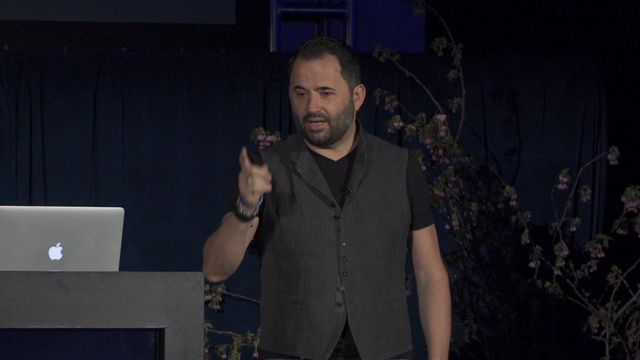The first phase in footage projection on curved areas is to comprehend the geometry of the surface. Curved areas can be intricate, with varying degrees of curvature. To attain a smooth display, it is important to create a 3D model of the area. This representation helps in visualizing how the video will look when cast. Applications tools are accessible that allow users to create these representations and mimic the display. By accurately mapping the dimensions and shapes of the area, creators can guarantee that the video aligns perfectly without distortion.
Once the 3D representation is prepared, the following step is to prepare the video material. This includes modifying the video to fit the specific form and dimensions of the curved surface. It is essential to take into account the perspectives and sightlines from which the viewers will view the projection. The material should be crafted to improve the visual experience, making it captivating and pertinent to the theme of the event or setup. Using premium graphics and animations can greatly enhance the overall effect of the display.
After preparing the content, the real display process begins. This includes setting up the devices at the appropriate angles and distances to ensure that the video matches with the 3D representation. Adjustment is a key part of this process. It helpful resources may necessitate adjusting the brightness, differentiation, and sharpness of the devices to obtain the best results. Additionally, using several projectors may be necessary to encompass bigger or more complex surfaces. This method, known as edge blending, helps create a continuous image across the entire area.

Finally, testing the display is essential before the final show. This allows designers to make any required modifications to the video and projector configurations. It is also an opportunity to see how the audience will perceive the projection from various perspectives. By ensuring that the footage projection is flawless, creators can deliver a remarkable aesthetic experience that creates a memorable impression. Perfecting video mapping on rounded surfaces not only improves creative expression but also creates new opportunities for storytelling and viewer engagement in various settings.